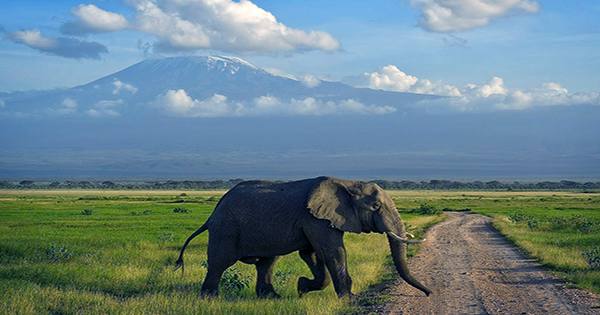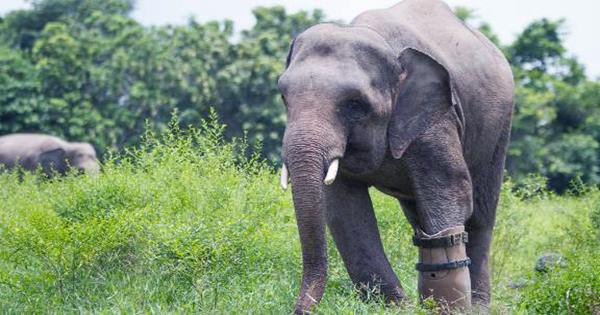Elephant populations around the world are under threat of habitat degradation and poaching. As well as tackling climate change which pushes elephants to the limit of hydropower (they fill about two bathtubs of water a day), they are killed as ivory or trophies.
Fortunately there is a team of conservationists and scientists working together to protect these social and highly intelligent creatures. Fake is a big problem for elephants despite catching small tools. The wire loops are the perfect size to hold the ankle of a baby elephant, one of which was fortunately rescued by the Sheldrick Wildlife Trust (SWT) last month. “These young, innocent children are certainly not the elite victims of trafficking: small to medium-sized traps often catch animals for bushmeat,” SWT Rob Brandford, executive director of SWT, told IFLS via email.

“However, these deadly traps cannot arbitrarily distinguish between a young elephant and an impulse, and will mimic any animal that has the misfortune to set foot in it or stick its neck around them.” One of the animals was a chick; he was just a calf when he was found in March 2007 at Mondulkiri in northeastern Cambodia. After being trapped in the leg, the elephant’s trunk was already found torn and the remaining stumps were severely infected.
A low-weight and malnourished Chhouk was surpassed by the Wildlife Alliance and worldwide and eventually returned to health. Unfortunately, there was still nothing to do for Chuck’s leg, but the team began working on an artificial limb that could replace it.
Working from the Phnom Penh Physical Rehabilitation Center, they set up a design at the University of Salford in the UK with the help of PhD researcher Sisary Kheng. Kheng’s work with the Doctoral Training Center in Prosthetics and Orthotics in Cambodia is supported by The Coles-Medlock Foundation. In a statement sent to IFLScience, Kheng said, “Chhouk shoes have two separate parts, the inside of the shoe is soft and flexible and the bottom has a sturdy outer shoe with tractor tires,” Kheng said in a statement sent to IFLScience. “Every six months he needs a new pair of shoes, and every time we work together, we have 17 new shoes so far.”















